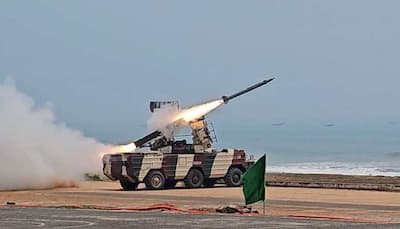New Delhi: Do you know who is quietly watching and learning as India and Pakistan exchange military blows? It is China. The country is turning this high-stakes conflict into a real-time intelligence goldmine, reveals a Reuters investigation.
While the world focuses on the frontline action, Beijing is collecting invaluable data on Indian military operations and the performance of its own exported weapons such as the J-10C fighter jets and PL-15 air-to-air missiles used by Pakistan.
This is not just about observation; it is a rare chance for China to study its key strategic rival, India, without ever stepping onto the battlefield.
The conflict is providing Beijing with a rare and valuable intelligence opportunity, allowing it to observe and assess Indian military capabilities, doctrines and responses in real time.
Chinese military planners cannot get the critical data in peacetime training and test fires. Security analysts believe that China’s vast surveillance infrastructure, including 267 satellites (with more than 100 dedicated to intelligence and electronic surveillance), has been placed on high alert to capture detailed insights into Indian radar systems, missile deployments and air force manoeuvres.
China’s intelligence advantage is not just in the skies. A significant uptick in activity by Chinese surveillance vessels and fishing fleets – often acting as maritime militia – has been observed near Indian naval drills in the Arabian Sea.
According to open-source trackers, a flotilla of over 200 Chinese fishing boats approached within 120 nautical miles of Indian operations on May 1, likely serving as floating listening posts for electronic and signal intelligence.
Analysts, the reports says, suggest these vessels operate as part of a broader Chinese strategy to monitor regional military activity without overt naval provocation.
China’s intelligence reach is further deepened by its long-standing defence ties with Pakistan. With Chinese advisers and military liaisons embedded within Pakistan’s defence infrastructure, analysts believe Beijing has direct access to frontline feedback on the performance of its equipment such as the J-10 jets, radar systems and missile platforms.
This enables the People’s Liberation Army (PLA) to fast-track upgrades, adjust export strategies and strengthen its own warfighting doctrines.
Stay informed on all the , real-time updates, and follow all the important headlines in and on Zee News.








